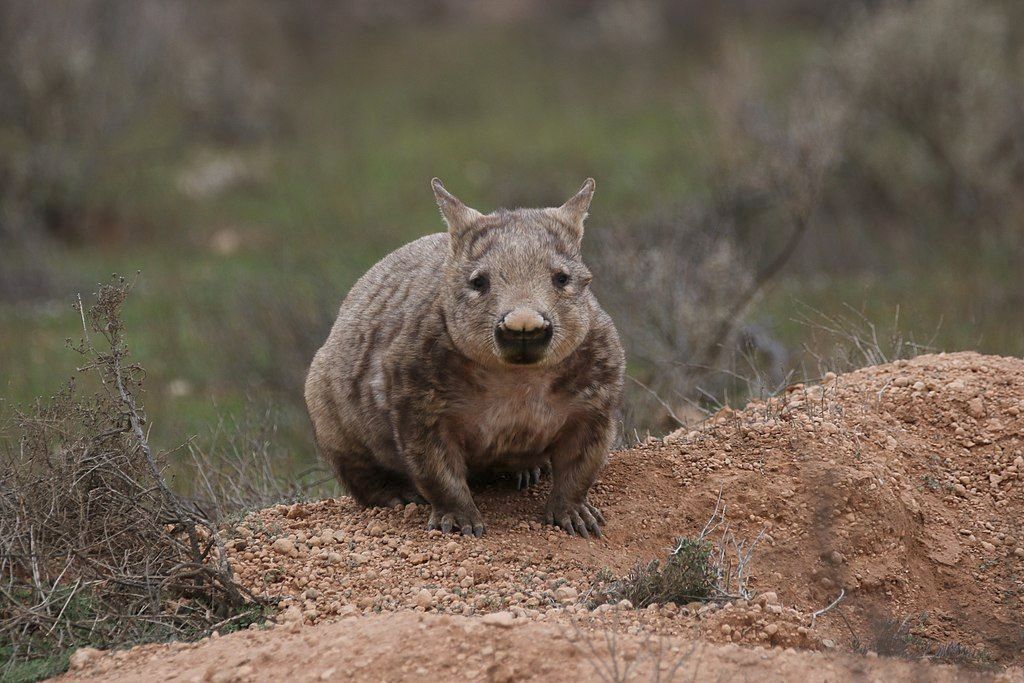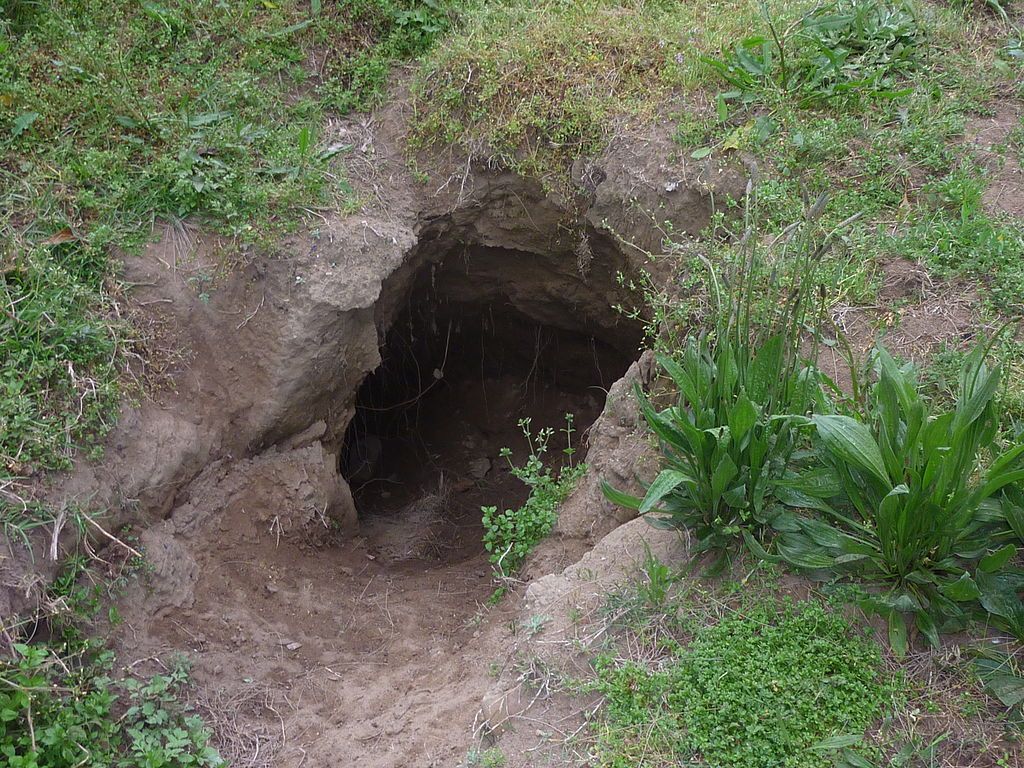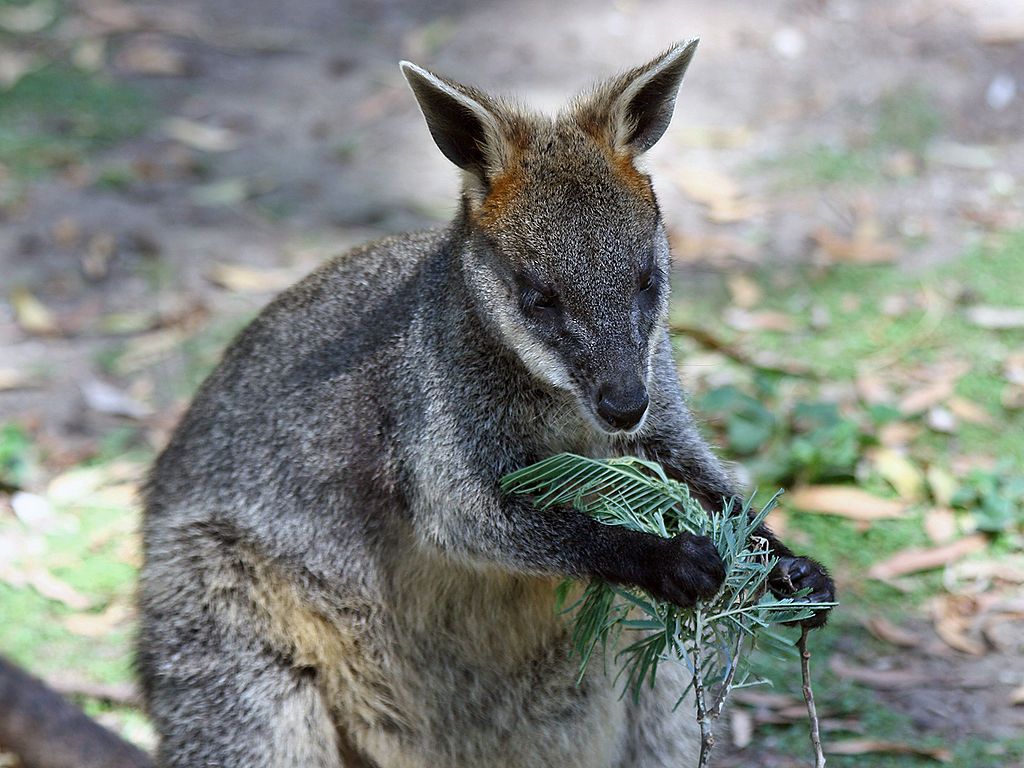
Amidst the raging bushfires in Australia there’s a bit of happy news. Wombats are unintentionally saving wildlife.
Wombats are nocturnal marsupials that live in burrows which they dig with their teeth and claws. Specially adapted for their underground life, the female’s pouch where she carries her young faces backward so the dirt doesn’t get into it.
Southern hairy-nosed wombats (Lasiorhinus latifrons) are the smallest of the three wombat species. At 30 inches long and weighing 42 to 71 pounds, their extensive tunnels have many entrances, long “hallways,” several large warrens, and smaller chambers. They are known to share their burrows with other wombats and are tolerant of visits by other species. Southern hairy-nosed wombats live in the fire zone.

Rescuers figured out the importance of wombat burrows when they found healthy, unscathed animals wandering in newly burned areas including small wallabies, echidnas, lizards, skinks and rabbits. As the fires approached, the fleeing animals dove into wombat burrows to shelter safely while the firestorm passed overhead.
Two species that may benefit from the wombat burrows are shown below.
The swamp wallaby (Wallabia bicolor) is common in the bushfire area, measuring 27-30 inches excluding its tail. Rock wallabies are even smaller.

Short-beaked echidnas (Tachyglossus aculeatus) are egg-laying mammals like the platypus that measure 12-18 inches long. They eat ants and termites.
Sheltering underground is not a new thing. It turns out that small mammals survived the meteor that killed the dinosaurs by hiding safely underground. Wombats are inadvertently doing their bit to save wildlife today.
(photos and video from Wikimedia Commons; click on the captions to see the originals)
It’s nice to hear some good news regarding Australia. 🙂 Living in California, we’re very familiar with wildfires and how it affects wildlife.